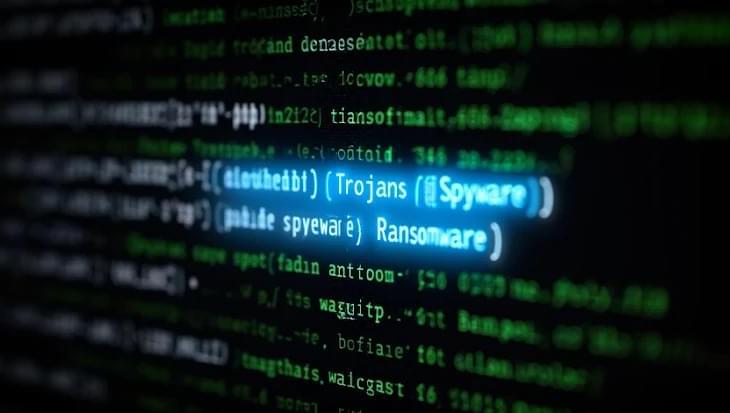Please see attached a list of predictions for where technology and cybersecurity may transcend in 2026. Thanks for reading and sharing! Chuck Brooks.
Note AI enabled but derived entirely from a wide variety of my own published writings interviews, podcasts, and my book “Inside Cyber”
#2026predictions #tech #artificialintelligence #cybersecurity #quantum | on LinkedIn.









